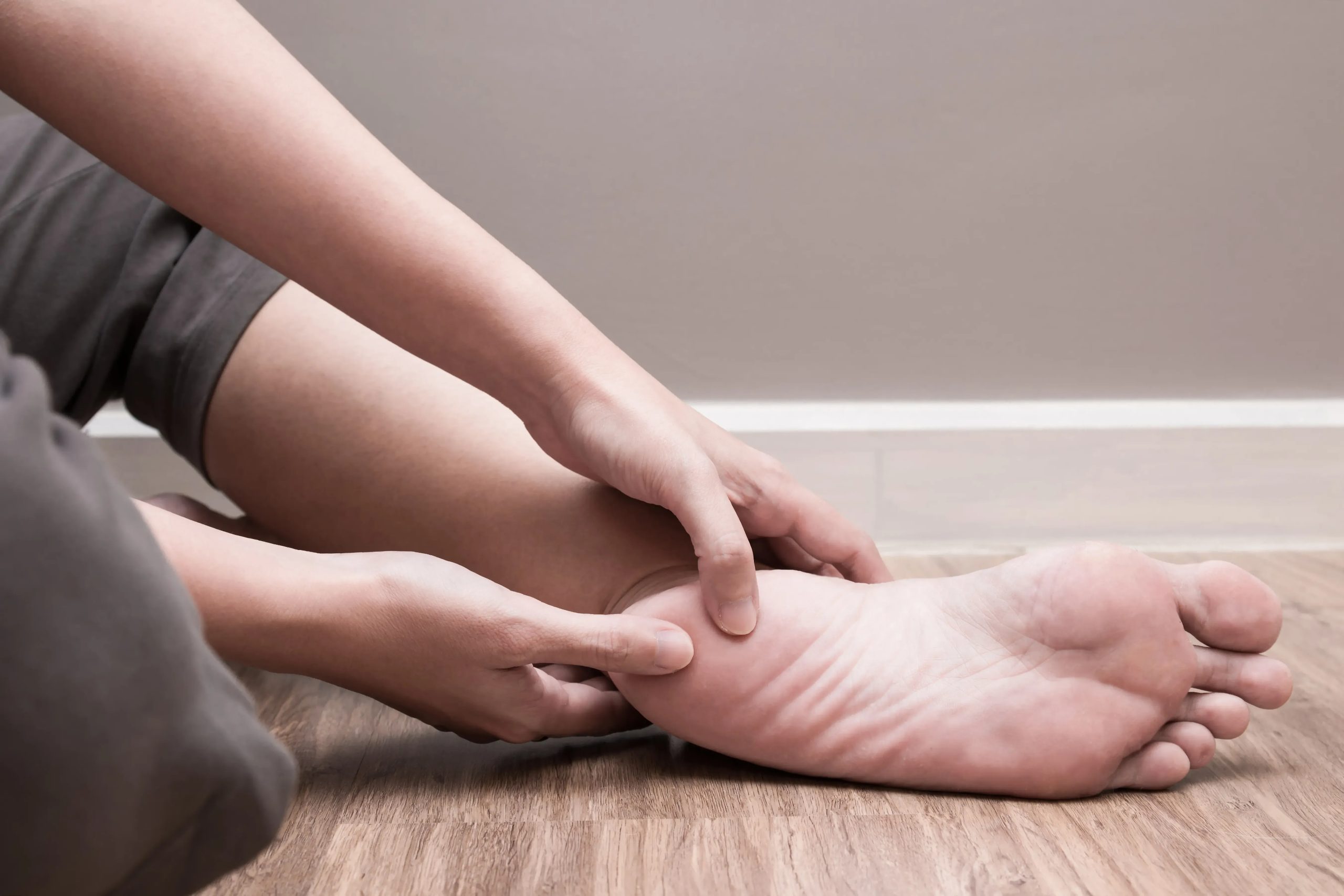
Heel pain can sideline you from your favorite activities, making it difficult to walk and stand. At Family Foot & Ankle Center in Upland, California, the board-certified foot and ankle surgeons treat heel pain in people of all ages. After an exam, they develop a personalized treatment plan to relieve symptoms and get you back on your feet. Call Family Foot & Ankle Center today to schedule heel pain treatment, or book your visit online.
request an appointmentIs heel pain something to worry about?
Most heel pain is mild and improves with rest and ice. But some conditions, like plantar fasciitis, can affect your mobility without prompt treatment. So, it’s a good idea to make an appointment at Family Foot & Ankle Center for a podiatry exam.
The team has years of experience diagnosing and treating various types of heel pain and knows how to prevent it from worsening.
What causes heel pain?
The Family Foot & Ankle Center team treats heel pain caused by various conditions, including:
- Achilles tendinitis
- Plantar fasciitis
- Heel spur
- Plantar warts
- Arthritis
- Bursitis
- Tarsal tunnel syndrome (compression of the posterior tibial nerve)
- Haglund’s deformity (chronic inflammation at the back of the heel)
- Sever’s disease (a commonly seen heel pain in children and teens)
- Bone bruise
Sometimes, stress fractures cause heel pain. Stress fractures are hairline cracks or breaks in the heel bone.
How is heel pain diagnosed?
Your Family Foot & Ankle Center provider reviews your medical records and asks about your symptoms, including what your heel pain feels like and if it’s behind, beneath, or within the heel bone.
They examine your heel, checking your skin for redness, bruising, and swelling. They gently press on your heel to identify sensitive spots and ask you to stand and walk to assess your gait (how you walk) and posture.
Your provider orders X-rays if they suspect an underlying medical condition like a fracture, arthritis, or a dislocated joint.
How is heel pain treated?
The Family Foot & Ankle Center team treats heel pain using state-of-the-art minimally invasive treatments. They could suggest:
- Corticosteroid injections
- Custom-fitted orthotics (prescription shoe inserts)
- Taking non-steroidal anti-inflammatory medication
- Stretching exercises
- Physical therapy
- Using medical tape to support your arch and heel
If your symptoms continue, you might benefit from minimally invasive foot and ankle surgery. Minimally invasive procedures use smaller incisions that result in less pain, only minor scars, and a quicker recovery.
What is the outlook for people with heel pain?
Chronic heel pain often takes several months to improve. Surgery is rarely needed, but the road to recovery can be long. Don’t rush back into activity. Follow the Family Foot & Ankle Center team’s instructions. Listen to your body, attend regular checkups, and follow your personalized treatment plan.
Call Family Foot & Ankle Center today to schedule an appointment, or book your visit online.
